That’s it, copywriters. Put your pens down. Shut the laptop lid. Time has been called — and you can thank Mastercard.
Because in launching a new logo that doesn’t feature the company’s name, the financial services company has ignited the touchpaper of debate about the relationship between brands and words. OK, perhaps it’s more of a conversation. Among media folk at least.
Most of the discussion has narrowed in on the changing use of text within corporate identities, recognising how Mastercard’s new approach follows a path more recently trodden by the likes of Starbucks and initially pioneered by companies now instantly identifiable by a simple icon or symbol, such as Nike (Swoosh™) and Apple (semi-chewed piece of fruit).
However, more extreme headlines have questioned whether the “emojification” of Mastercard’s logo points to something more significant. And some commentators have duly obliged with an answer.
Such reactions are understandable. Even for the hyperbolical times we live in, this feels like quite the leap. Yes, Mastercard would have known such a move would be a magnet for comment — logos can transform even the most rational of beige-wearing fence-sitters into design gurus with opinions so stubbornly held it would alarm a mule — but sounding the death knell for words? It feels unlikely as either an objective or consequence.
Symbolic of a mobile-first world
In fact, there are many reasons why a text-free logo makes a lot of sense for Mastercard, as Mastercard points out. In a mobile-first world, brands are having to create an identity that works first and foremost on the screen in the palm of your hand. The practicalities and pace of this environment make simple symbolism a powerful shortcut to identity and trust.
We are hardwired to respond instinctively to colours and shapes, and brands are getting smarter at using this knowledge to maximise the brief window of opportunity they have to engage with consumers and engineer an emotional connection. Words, as neuroscience tells us, just aren’t likely to win this race.
But there’s no need to write the obituaries just yet, as another financial services brand will tell you.
Choose your words carefully
HSBC’s recently launched, copy-heavy ‘We are not an island’ campaign showed just how capable words are of stirring up emotions. It might take them a little longer to get those emotions to bubble to the surface but a quick search on Twitter of ‘HSBC advert’ shows that words are still very relevant and the emotion they trigger very real.
Putting aside the put-downs from those who like their creative a little more literal, criticism of the ad has centred on its perceived anti-Brexit stance. HSBC has delicately danced around this point, saying that it’s about internationalism and that it’s not directly making a politically-charged point in relation to the UK’s future within Europe (prompting accusations that it lacks the courage of its convictions).
HSBC’s argument is backed up by the fact that the B-word is not explicitly mentioned, and that this is the latest execution in the company’s long-running campaign to champion our status as global citizens in today’s world economy.
However. Context is everything. As we hurtle towards March 29 and anxiety over Brexit is even making people unwell, it’s very difficult to read these words — however well crafted — in pure isolation. The inescapable shoutiness of those tall, black letters indicates either a faulty Caps Lock key or that, at some level, this is an ad that is DEFINITELY TRYING TO TELL US SOMETHING.
Combined effort
Whatever the reality behind the strategy or execution, it is solid evidence of the power of words to move us. To stir our emotions. To stop and make us think. And, if they’re good enough, to persuade us to take action.
But it’s also a reminder that in visual environments, they rarely achieve this on their own. The real sweet spot is the alchemy of wrapping together the right words and images in a brilliant — and not necessarily complicated — big idea. It’s creativity and context in perfect unison. And sometimes it might only take a few letters.
If your business hasn’t given up on words just yet, and you’d like some support from a creative copywriter, then let’s discuss how I might be able to help. Email me by clicking here or call on 07903 942990.

